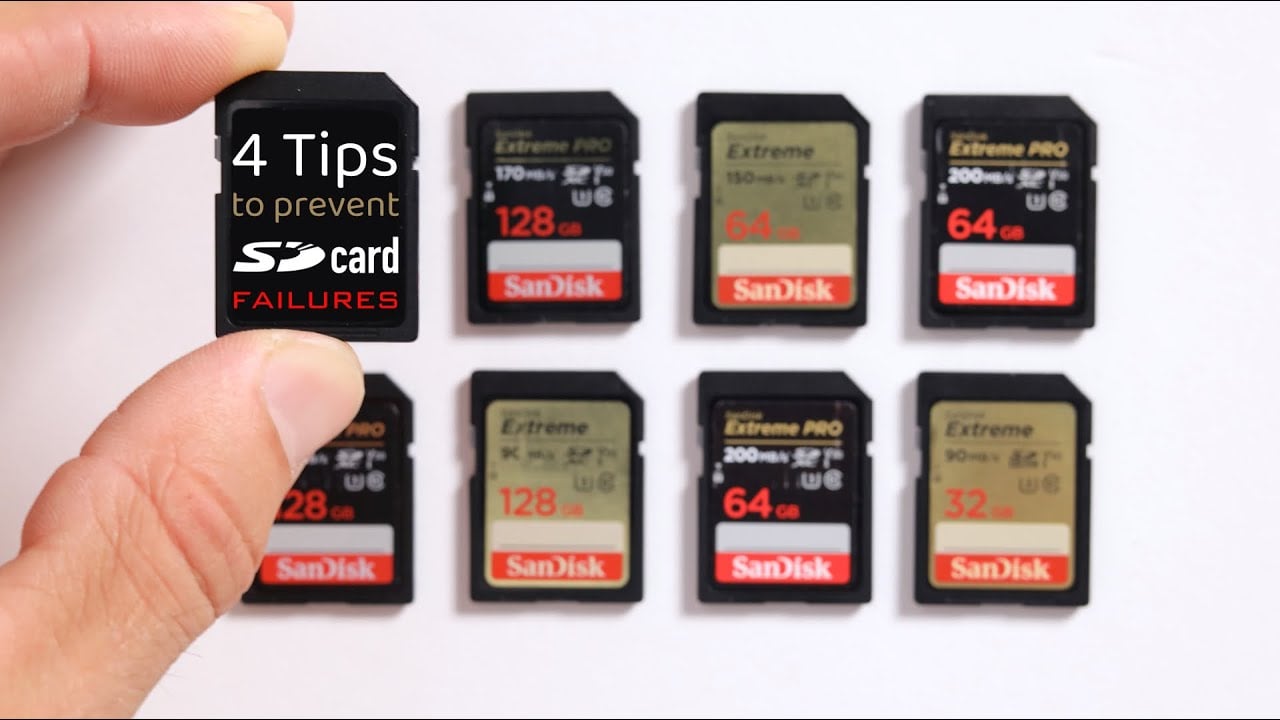
If there’s anything that will make a photographer lose sleep, it’s the thought of losing an entire shoot of images due to a memory card failure. We can do all we can to avoid this horror; however, even then, we are at the mercy of the gods. Some photographers go to great lengths to avoid losing all their images, even avoiding cameras with only one SD card slot.
While no method can completely prevent data loss, following these best practices outlined in this video from photographers Blythe and Karry can significantly reduce the risk and help safeguard your valuable images. If you’re just starting out or want to ensure your clients’ photos are protected, follow these guidelines.
Buy quality memory cards
Investing in high-quality memory cards is crucial. With numerous options available online, it can be tempting to choose an off-brand or a too-good-to-be-true deal. However, using counterfeit or subpar cards can lead to several issues.
At best, these cards may not meet their rated transfer speeds, causing delays. At worst, counterfeit cards may have faked capacities, leading your camera to write data to an already full card, resulting in total data loss. Always stick to reputable name brands and purchase from trusted retailers to avoid counterfeit products.
Format cards in-camera
Before any major shoot, format your memory card in the camera you will be using. Different camera models might use slightly different file organizational structures. Formatting the card in-camera ensures it is properly set up to write data and optimizes its performance. Remember, formatting a card erases all its contents, so back up your files to your computer and an external drive beforehand.
Do not delete photos in-camera
Avoid deleting individual photos directly from your camera. The small screen on the back of the camera is not sufficient to accurately judge the quality of a photo. You might accidentally delete a good picture or video. Wait until you can review the photos on a computer before deciding which ones to delete.
If you accidentally delete a good photo in-camera, do not record anything else on that card. There is a chance the deleted photo can still be recovered with special software, as long as no new data has been written to the card.
Replace memory cards regularly
Flash memory cards have a finite number of read/write cycles. Although exact data on the lifespan of consumer-grade flash storage is limited, it’s wise to replace your primary cards every few years to be safe. The lifespan of a card depends on how frequently it’s used. If you fill a card every day, consider replacing it annually. If you shoot part-time, your cards may last several years. The key is to replace memory cards before they start showing signs of failure.
While these tips can’t eliminate the risk of data loss entirely, they can help minimize it. As a photographer or filmmaker, it’s your responsibility to take every possible measure to protect your clients’ images. Afterall, is there anything worse than having to make that phone call telling your clients that you’ve lost all their images?






